Immune cell profiles in synovial fluid after anterior cruciate ligament and meniscus injuries.
Date
2021-11
Journal Title
Journal ISSN
Volume Title
Repository Usage Stats
views
downloads
Citation Stats
Attention Stats
Abstract
Background
Anterior cruciate ligament (ACL) and meniscus tears are common knee injuries. Despite the high rate of post-traumatic osteoarthritis (PTOA) following these injuries, the contributing factors remain unclear. In this study, we characterized the immune cell profiles of normal and injured joints at the time of ACL and meniscal surgeries.Methods
Twenty-nine patients (14 meniscus-injured and 15 ACL-injured) undergoing ACL and/or meniscus surgery but with a normal contralateral knee were recruited. During surgery, synovial fluid was aspirated from both normal and injured knees. Synovial fluid cells were pelleted, washed, and stained with an antibody cocktail consisting of fluorescent antibodies for cell surface proteins. Analysis of immune cells in the synovial fluid was performed by polychromatic flow cytometry. A broad spectrum immune cell panel was used in the first 10 subjects. Based on these results, a T cell-specific panel was used in the subsequent 19 subjects.Results
Using the broad spectrum immune cell panel, we detected significantly more total viable cells and CD3 T cells in the injured compared to the paired normal knees. In addition, there were significantly more injured knees with T cells above a 500-cell threshold. Within the injured knees, CD4 and CD8 T cells were able to be differentiated into subsets. The frequency of total CD4 T cells was significantly different among injury types, but no statistical differences were detected among CD4 and CD8 T cell subsets by injury type.Conclusions
Our findings provide foundational data showing that ACL and meniscus injuries induce an immune cell-rich microenvironment that consists primarily of T cells with multiple T helper phenotypes. Future studies investigating the relationship between immune cells and joint degeneration may provide an enhanced understanding of the pathophysiology of PTOA following joint injury.Type
Department
Description
Provenance
Subjects
Citation
Permalink
Published Version (Please cite this version)
Publication Info
Kim-Wang, Sophia Y, Abigail G Holt, Alyssa M McGowan, Stephanie T Danyluk, Adam P Goode, Brian C Lau, Alison P Toth, Jocelyn R Wittstein, et al. (2021). Immune cell profiles in synovial fluid after anterior cruciate ligament and meniscus injuries. Arthritis research & therapy, 23(1). p. 280. 10.1186/s13075-021-02661-1 Retrieved from https://hdl.handle.net/10161/30089.
This is constructed from limited available data and may be imprecise. To cite this article, please review & use the official citation provided by the journal.
Collections
Scholars@Duke
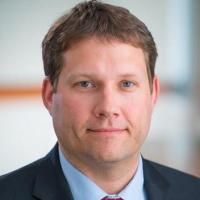
Adam Payne Goode
Dr. Goode is an Associate Professor in the Department of Orthopedic Surgery. He is a physical therapist by clinical training and epidemiologist by scientific training. His focus is on understanding the etiology of low back pain and other chronic musculoskeletal conditions and improving the delivery of care for patients with acute and chronic musculoskeletal conditions. In his research he has published in the areas of the relationship between individual radiographic features in the lumbar spine and clinical symptoms, biomarkers and peripheral joint osteoarthritis.
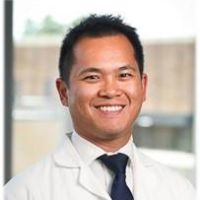
Brian Chei-Fai Lau
Dr. Lau is an orthopaedic surgeon that is dual fellowship trained in sports medicine/shoulder and foot/ankle. His clinical practice focuses on sports injuries of the shoulder, knee, and ankle. He has clinical and translational research projects with an interests in imaging related research. He participates and leads numerous multi-center trials.
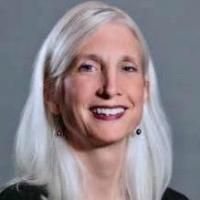
Alison Patricia Toth
Dr. Toth specializes in sports medicine with a focus on anterior cruciate ligament (ACL) and multi-ligament knee reconstruction, knee and shoulder arthroscopy, shoulder impingement and instability, rotator cuff tears, articular cartilage healing and repair; meniscus healing and repair; patella dislocation, and cell and molecular biology approaches to the treatment of musculoskeletal injuries.
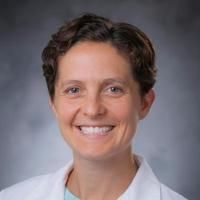
Jocelyn Ross Wittstein

Louis Edwin DeFrate

John S Yi
I am an immunologist, with a focus to characterize the immune system in response to infectious and non-infectious diseases including cancer, HIV, autoimmune disease, and transplantation. My goals are to identify novel biomarkers/immune signatures that clinicians can utilize to diagnosis, predict disease outcomes, and determine patients' response to treatment.
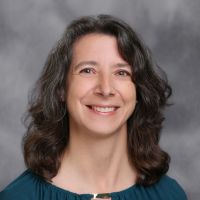
Amy Lynn McNulty
The McNulty Lab is working to develop strategies to prevent osteoarthritis and to promote tissue repair and regeneration following joint injury. In order to accomplish this, we are working in three main areas. 1) We are working to understand the pathways that are activated by normal and injurious mechanical loading of cartilage and meniscus and how these mechanotransduction pathways are altered during aging, injury, and tissue degeneration. A greater understanding of alterations in mechanosensitive signaling mechanisms with aging and injury will likely reveal potential targets to promote tissue repair and prevent tissue degeneration and osteoarthritis development. 2) We are developing meniscus tissue engineered constructs that will be utilized to repair and replace meniscus tissue lost due to injury and surgical resection. 3) We are focusing on the biological and biomechanical changes that occur in the joint following meniscus injury and how these may contribute to osteoarthritis development.
Unless otherwise indicated, scholarly articles published by Duke faculty members are made available here with a CC-BY-NC (Creative Commons Attribution Non-Commercial) license, as enabled by the Duke Open Access Policy. If you wish to use the materials in ways not already permitted under CC-BY-NC, please consult the copyright owner. Other materials are made available here through the author’s grant of a non-exclusive license to make their work openly accessible.
